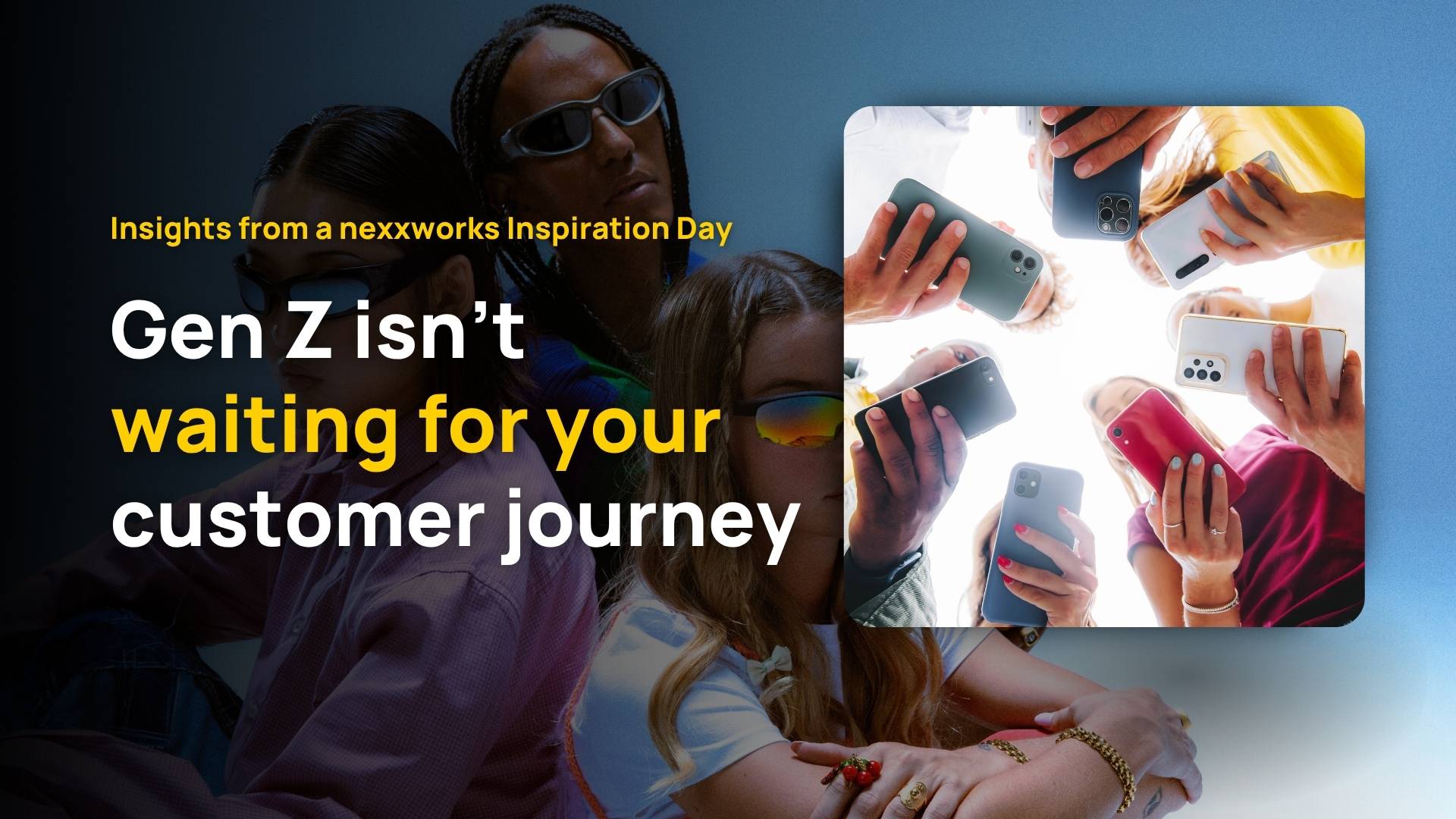Every Changemaker Should Know These 3 Strategies (But Most Don’t)
Change rarely fails because people don’t understand it. Most often it is actively sabotaged.

All too often, we see change as a communication exercise. We think that if people really understood our idea, they would embrace it. In this view, bringing about change is really just a matter of messaging. Find the right slogan and deliver it in the right way, and you will ignite the passions required to drive transformation.
Nothing can be further from the truth. If a change is important and has real potential for impact, there will always be some people who won’t like it and they will work to undermine it in ways that are dishonest, underhanded, and deceptive. Change rarely fails because people don’t understand it. Most often it is actively sabotaged.
A more elegant slogan won’t save you. What you need is a sound strategy to overcome resistance to change. Fortunately, we know from social and political movements that radical, transformational change is possible and, as I explained in Cascades, their principles can be highly effective in organizations. Here are three strategies that you should know.
1. Start With A Majority
Change starts with a belief. If people believe that a change is good, they will be likely to adopt it. If they believe it’s bad, it’s going to be tough to convince them otherwise especially, as is often the case, their beliefs are rooted in their identity and sense of self. In fact, research has shown when we are presented with facts contrary to our beliefs, we tend to question the evidence rather than our own preconceived notions.
This raises an important question: How do we come by our beliefs? As it turns out, the best indicator of not only our beliefs, but our actions, habits and even some aspects of our health, is the people around us and studies suggest that the effect extends out to even third degree relationships. So not only our friends, but the friends of our friend’s friends influence us.
The truth is that majorities don’t just rule, they also influence. That’s why when we seek to bring about change, it’s important to start with a majority. The secret is that you get to choose where you start. It might be a small, local majority of, say, three people in a room of five. As long as supporters outnumber detractors, change can move forward.
You can always expand a majority out, but as soon as you are in the minority, you will feel immediate pushback. When that happens, you can lose momentum and send the entire initiative off the rails. In many cases, you will never get the momentum back and your hopes for change will end before they really start.
There’s an unfortunate aspect of human nature that drives us to want to convince skeptics. Resist it and focus on empowering your supporters.

2. Prepare For A Trigger
It’s easy to confuse a moment with a movement. A movement links together small, but often disparate, groups in the context of shared purpose and shared values. A moment occurs when an event triggers a temporary decrease in resistance and opens up a window of opportunity. Movements require preparation. Moments often emerge on their own.
What’s crucial for changemakers to grasp is that a trigger eventually emerges that creates a moment. It’s rare that we can predict exactly when it’s going to happen, but it’s not too hard to see that one will come eventually and prepare for it. Political revolutions have leveraged this for decades, focusing on particular stress points in which a trigger is likely to emerge.
For example, the color revolutions in Eastern Europe targeted elections that they knew were likely to be falsified. After Martin Luther King Jr.’s failed Albany campaign, he moved on to Birmingham, because he knew that Bull Connor, the Commissioner of Public Safety, was a hothead and likely to employ the type of brutal tactics that would trigger a moment.
In much the same way, the Covid pandemic triggered digital transformation in many organizations. Economic downturns trigger efficiency measures. When a competitor comes out with a hit product, it tends to trigger enthusiasm for innovation. We don’t know when these things are going to happen, but we know that they are likely to happen eventually.
One reason why so many change efforts have failed in recent years is that the movements were built in response to a moment. Once the moment comes, it’s too late. You build your movement to prepare for a trigger, so that once it comes you can make the most of it.
3. Leverage Your Opposition
Change thrives on passion. The status quo always has inertia on its side and never yields its power gracefully. That’s why so many would-be changemakers start out by attacking their opposition, seeking to meet them head on, expose their misconceptions and show the value of doing things differently.
This is almost always a mistake. Directly engaging with staunch opposition is unlikely to achieve anything other than exhausting and frustrating you. However, while you shouldn’t directly engage your fiercest critics, you obviously can’t act like they don’t exist. On the contrary, you need to learn to love your haters.
In fact by listening to people who hate your idea you can identify early flaws, which gives you the opportunity to fix them before they can be used against you in any serious way. They can also help you to identify shared values. For example, the LGBTQ movement prevailed by emphasizing their commitment to stable marriages and happy families, exactly the ideas that were used against them for decades.
Perhaps most importantly, you can leverage your opposition to your advantage. If left to their own devices, they will often overreach and send people your way. Bull Connor’s brutality, which he was all too eager to display for the TV cameras, furthered the cause of civil rights. In the color revolutions, the activist group Otpor found a way to even use arrests to weaken the regime and empower the revolution..
The truth is that to bring about real change you need to attract, rather than overpower. Being seen fighting the opposition may fire up your most active supporters, but it won’t bring anyone to your side. However, if the enemies of change see you gaining traction, invariably they will lash out, overreach and send people your way.
Applying Strength To Weakness
In the final analysis, the reason that most would-be revolutionaries fail is that they assume the righteousness of their cause will save them. It will not. Injustice, inequity and ineffectiveness can thrive for decades and even centuries, far surpassing a human lifespan. If you think that your idea will prevail simply because you believe in it you will be sorely disappointed.
Tough, important battles can only be won with good strategy and tactics, which is why successful change agents learn how to adopt the principle of Schwerpunkt. The idea is that instead of trying to defeat your enemy with overwhelming force generally, you want to deliver overwhelming force and win a decisive victory at a particular point of attack.
Yet Schwerpunkt is a dynamic, not a static concept. You have to constantly innovate your approach as your opposition adapts to whatever success you may achieve. For example, the civil rights movement had its first successes with boycotts, but moved on to sit-ins, “Freedom Rides,” community actions and eventually, mass marches.
Starting with a majority, preparing for a trigger and leveraging your opposition are only three ways you can apply strength to weakness. The key to success isn’t any particular tactic, leader or slogan but strategic flexibility. Unfortunately, that’s exactly what most change efforts lack. All too often they get caught up in a strategy and double down, because it feels good to believe in something, even if it’s failure.
Change, like many things, largely boils down to strategy and execution. It’s not a simple matter of belief or passion. You need to learn how to operate effectively, by studying those who succeeded and those who failed, building on your successes, dusting yourself off after the inevitable setbacks, correcting mistakes and returning to fight with renewed vigor.

This piece is originally from Greg Satell and appeared here on Digital Tonto.






